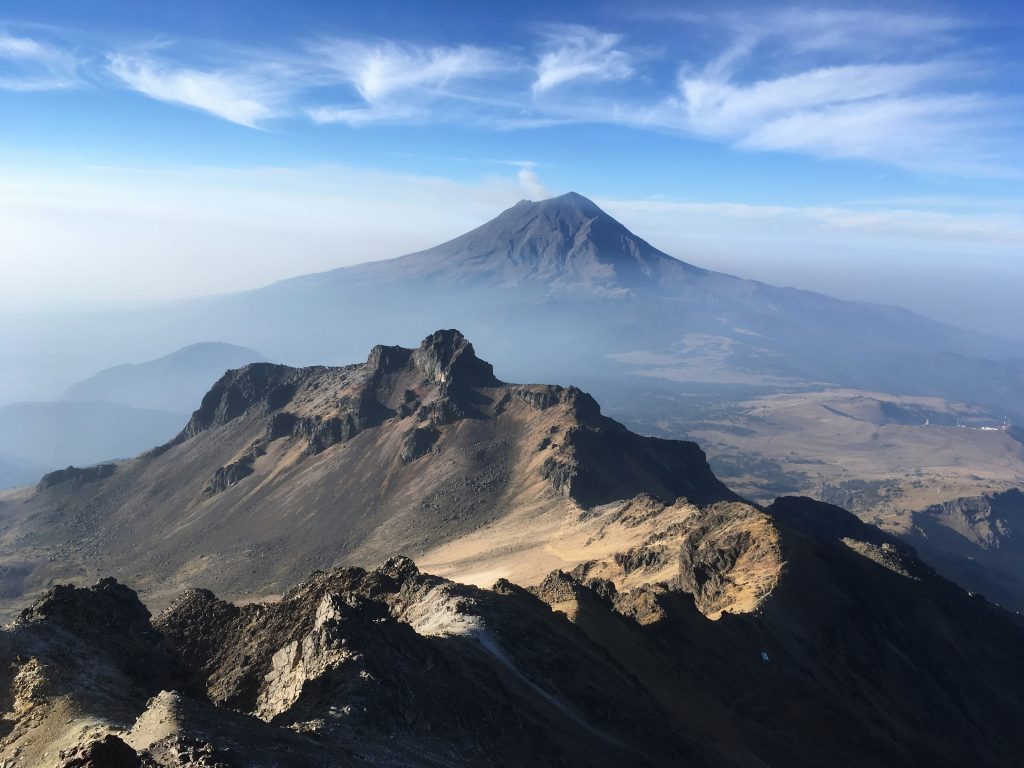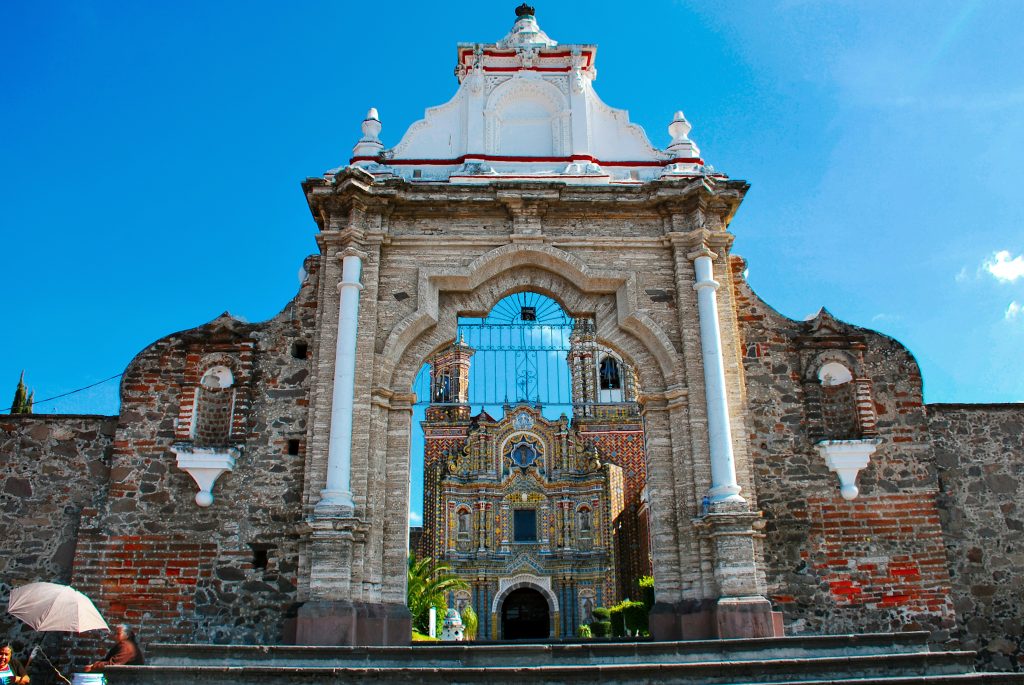VENUE


Puebla: A Vibrant City with a Rich History and Culture
But Puebla’s charm extends far beyond its architectural marvels. Wander the bustling streets and be captivated by the vibrant spirit of its people, their warmth and energy spilling out from shops overflowing with colorful crafts and cafes filled with laughter. Savor the complex flavors of traditional Poblano cuisine, where indigenous ingredients like chiles and chocolate mingle with European influences to create dishes that tantalize the taste buds. Delve into a past that intertwines indigenous heritage with colonial influences, evident in the city’s architecture, traditions, and even its spoken language. From the majestic Puebla Cathedral, a testament to Baroque artistry, to the ancient Cholula Pyramid, a silent sentinel guarding the secrets of pre-Columbian civilizations, Puebla offers a captivating experience for every visitor. Whether you’re a history buff seeking to unravel the stories etched in its cobblestone streets, a culture enthusiast drawn to the city’s vibrant festivals and artistic expressions, or simply a gourmand eager to explore the depths of Poblano cuisine, Puebla promises an unforgettable encounter. So, come, lose yourself in the magic of this captivating city, and discover the unique blend of history, culture, and culinary delights that make Puebla a true gem of Mexico.

A Glimpse of the Fantastic: Alebrijes in Mexican Culture
Alebrijes are fantastical creatures that are deeply rooted in Mexican culture. These surreal beings, often depicted as a combination of various animals, are crafted from papier-mâché or wood and painted in vibrant, eye-catching colors. Their origins can be traced back to the early 20th century when Pedro Linares López, a papier-mâché artist from Mexico City, experienced a vivid dream filled with strange and extraordinary creatures. Upon waking, he began to recreate the creatures from his dream, giving birth to the world of alebrijes.
Alebrijes are more than just sculptures; they are imbued with symbolism and cultural significance. Each alebrije is unique, reflecting the artist’s imagination and creativity. They are often seen as representations of the duality of human nature, embodying both good and evil, strength and fragility. Alebrijes have become an integral part of Mexican folk art, gracing homes, museums, and galleries around the world. They serve as a reminder of the power of imagination and the beauty of embracing the fantastical.